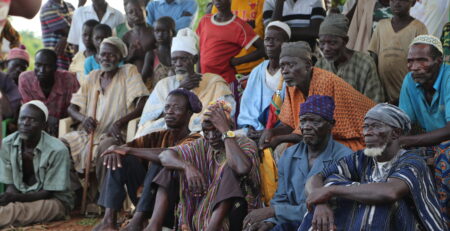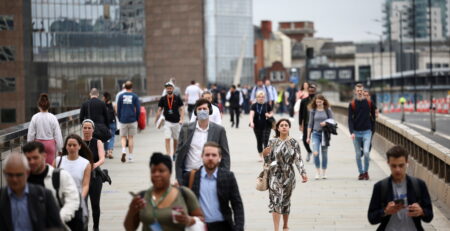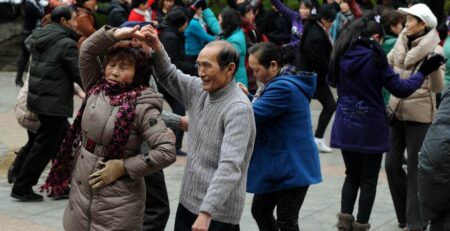China’s aging population is a bigger challenge than its ‘one-child’ policy, economists say
China’s decades-old one-child policy gained renewed attention in the last few weeks, after authorities gave mixed signals on whether they were closer to abolishing limits on how many children people can have.
Authorities have rolled back the controversial one-child policy in recent years to allow people to have two children. But economists say other changes are needed for boosting growth as births fall and China’s population rapidly ages.
“There are two ways to address this. One way is to relax the birth control, something (that) will help on the margin, but even if they fully relax the control (it’s) probably difficult to reverse the trend,” said Zhiwei Zhang, chief economist at Pinpoint Asset Management.
“The other way to deal with it, from an economic policy perspective, is to make industry more dependent on other sectors,” he said.
China’s economy has relied heavily on industries such as manufacturing that require large amounts of cheap labor. But rising wages are making Chinese factories less attractive, while workers will need higher skills to help the country become more innovative.
The bigger problem for China is that an aging population feeds into an existing issue: slower growth in labor productivity, said Alicia Garcia-Herrero, Natixis’ chief economist for Asia-Pacific. She’s watching to see whether China will see more growth in capital-intensive sectors, which is driven more by investment in automation.
Read more @CNBC











